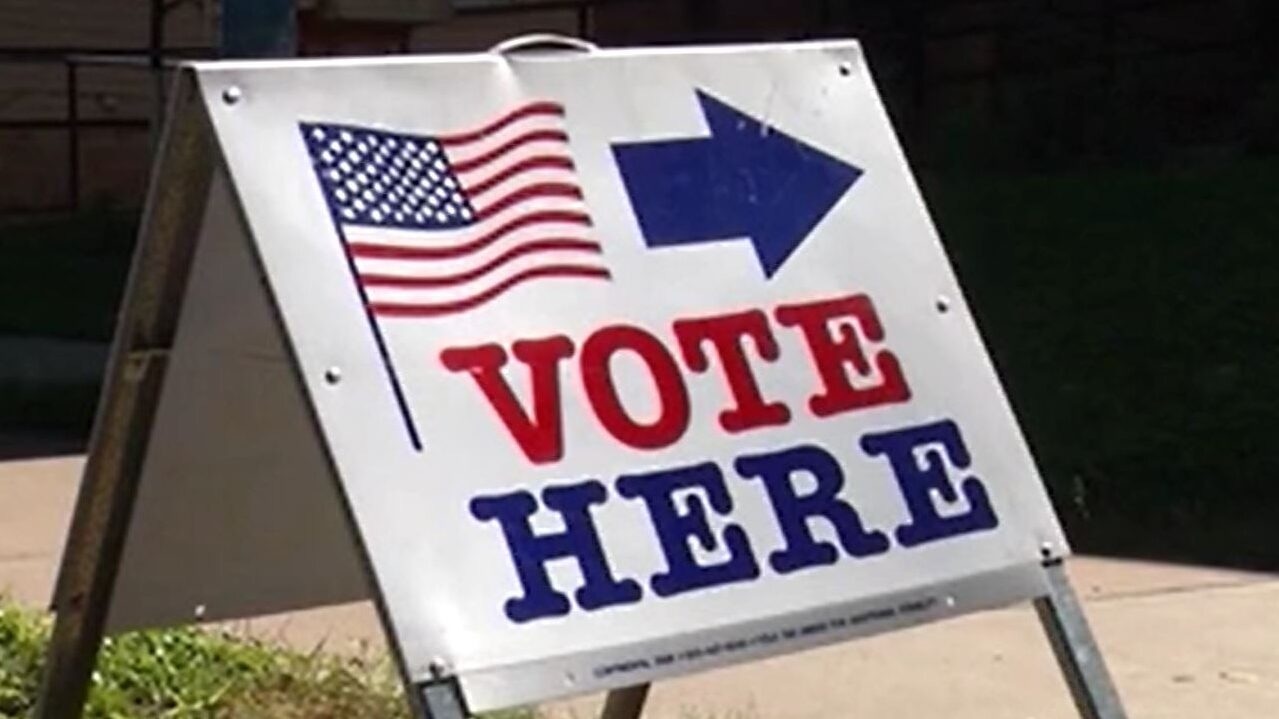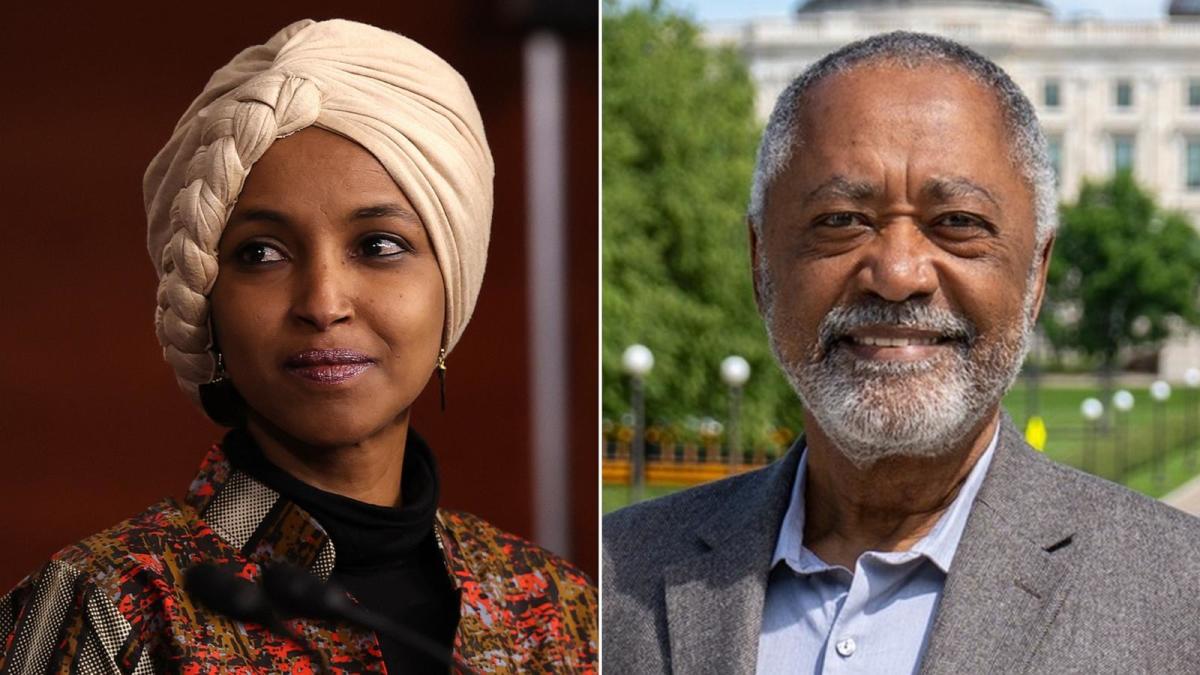Minnesota Primary Election Overview

Minnesota’s primary elections are a crucial step in the state’s political process, allowing voters to choose their preferred candidates for various offices. While Minnesota’s primary elections might not hold the same national spotlight as those in larger states, they play a significant role in shaping the state’s political landscape and influencing the national discourse.
History of Minnesota Primary Elections
Minnesota’s primary elections have a long history, evolving alongside the state’s political development. The first primary election in Minnesota was held in 1901, marking a shift towards a more democratic system of selecting candidates. Over the years, the primary system has been refined and adjusted to meet the changing needs of the state’s electorate.
Significance of Minnesota Primaries in the National Landscape
While Minnesota is not a “swing state” in the traditional sense, its primary elections can have a significant impact on the national political landscape. The state’s strong tradition of progressive politics and its diverse population often make it a testing ground for new ideas and policies. For example, in recent years, Minnesota’s primary elections have seen a surge in interest in progressive candidates, influencing the national debate on issues like healthcare, education, and climate change.
Key Dates and Deadlines for the Upcoming Minnesota Primaries
The upcoming Minnesota primaries will be held on [date]. The deadline to register to vote is [date]. Early voting begins on [date] and ends on [date].
Major Political Parties Participating in the Minnesota Primaries
The major political parties participating in the Minnesota primaries are the Democratic-Farmer-Labor Party (DFL) and the Republican Party.
Voting Process in the Minnesota Primaries
To vote in the Minnesota primaries, voters must be registered to vote in the state. Voters can register to vote online, by mail, or in person at their local election office. To register to vote, voters must be a U.S. citizen, a resident of Minnesota, and at least 18 years old.
To vote in a primary election, voters must be registered with the political party they wish to vote in.
Voters can cast their ballots in person at their assigned polling place, by mail, or through early voting.
Key Races and Candidates: Minnesota Primaries
Get ready for a political showdown in the Minnesota primaries! This year, voters will decide who will represent their parties in the November general election. From the governor’s mansion to the halls of Congress, the stakes are high, and the competition is fierce.
Governor’s Race
The race for governor is one of the most closely watched contests in the Minnesota primaries. The incumbent, Governor Tim Walz, a Democrat, is seeking re-election. He faces a crowded field of Republican challengers, including Scott Jensen, a physician who has been a vocal critic of the state’s COVID-19 response, and Dr. Neil Shah, a businessman and political newcomer. The Republican primary is likely to be a contentious one, as the candidates battle for the chance to face Walz in the general election.
The candidates’ positions on major issues such as healthcare, education, and the economy will be closely scrutinized by voters. Walz has focused on his record of expanding access to healthcare and education, while his Republican challengers have criticized his handling of the economy and the state’s response to the COVID-19 pandemic.
The outcome of the governor’s race will have a significant impact on the future of Minnesota. The winner will be responsible for shaping the state’s policies on a wide range of issues, from taxes and spending to education and healthcare.
Factors Influencing the Primaries

The Minnesota primaries are a crucial stage in the political process, shaping the landscape for the general election. Several factors will influence the outcome of these primaries, ranging from national trends to local issues and voter demographics.
National Political Trends
The national political climate can significantly impact local elections. For example, the current national discourse on issues like inflation, healthcare, and education could resonate with Minnesota voters and influence their choices in the primaries. Additionally, the national popularity of certain candidates or parties might sway voters in Minnesota, especially in races where national issues are prominent.
Minnesota primaries – Minnesota’s primaries are a crucial step in shaping the state’s political landscape. These elections determine the candidates who will advance to the general election, ultimately influencing the direction of the state’s policies. Understanding the importance of these primaries extends beyond Minnesota, as they are just one piece of the larger puzzle of primaries today , which are shaping the political landscape nationwide.
As Minnesotans head to the polls, their choices will have a ripple effect, contributing to the national conversation and influencing the future of our country.
Minnesota’s primary elections are just around the corner, and voters are eager to cast their ballots for the candidates who best represent their values. As we look ahead to these crucial elections, it’s worth taking a moment to analyze the recent Michigan primary results , which may provide insights into the national political landscape and the issues that resonate with voters.
Understanding the trends and outcomes in Michigan can help us better predict the potential outcomes in Minnesota and the broader political climate.

